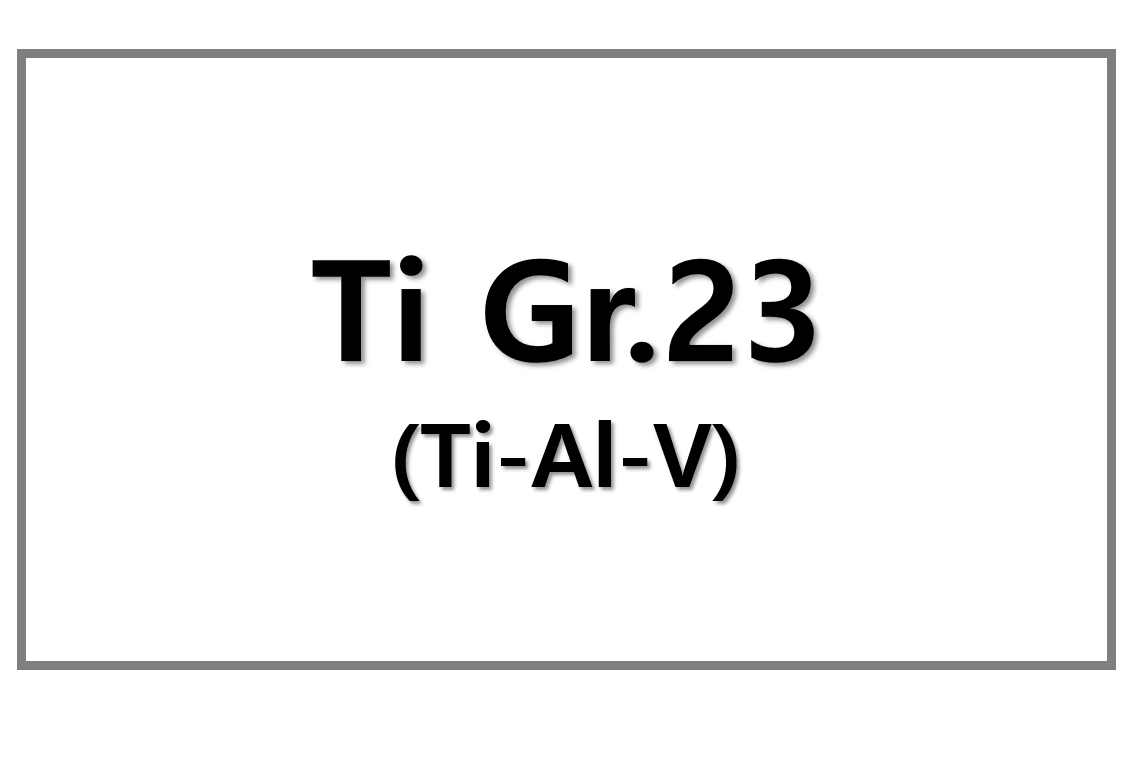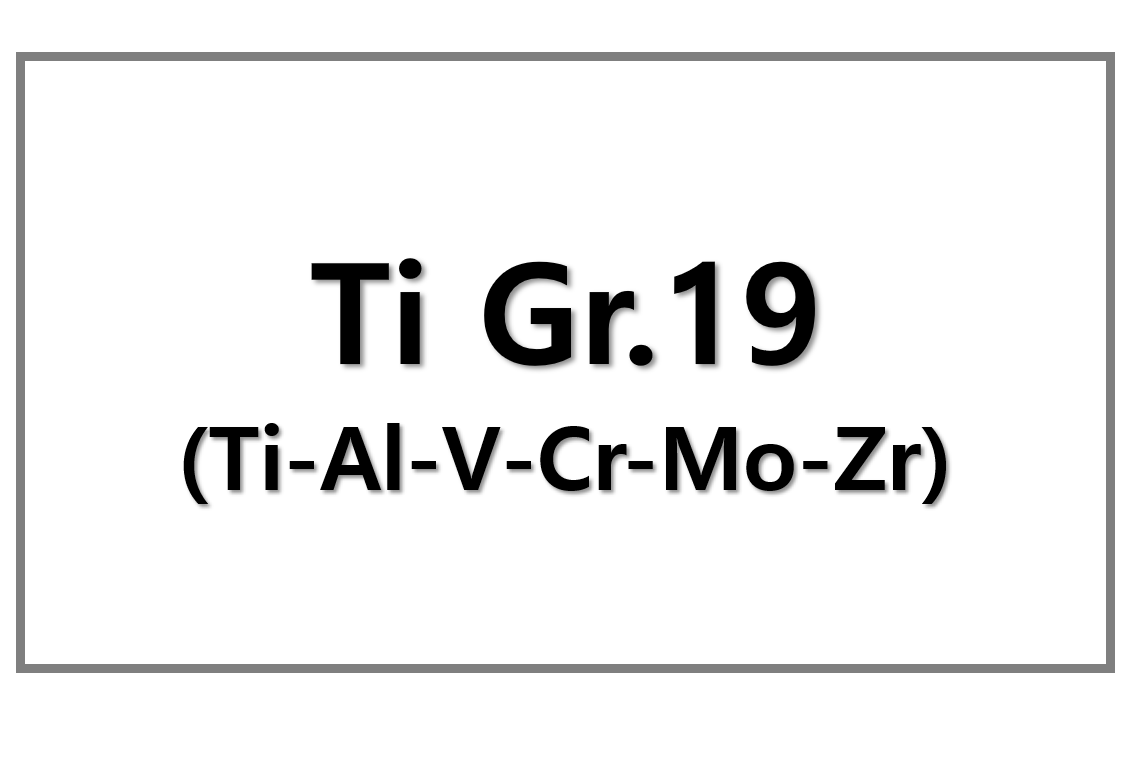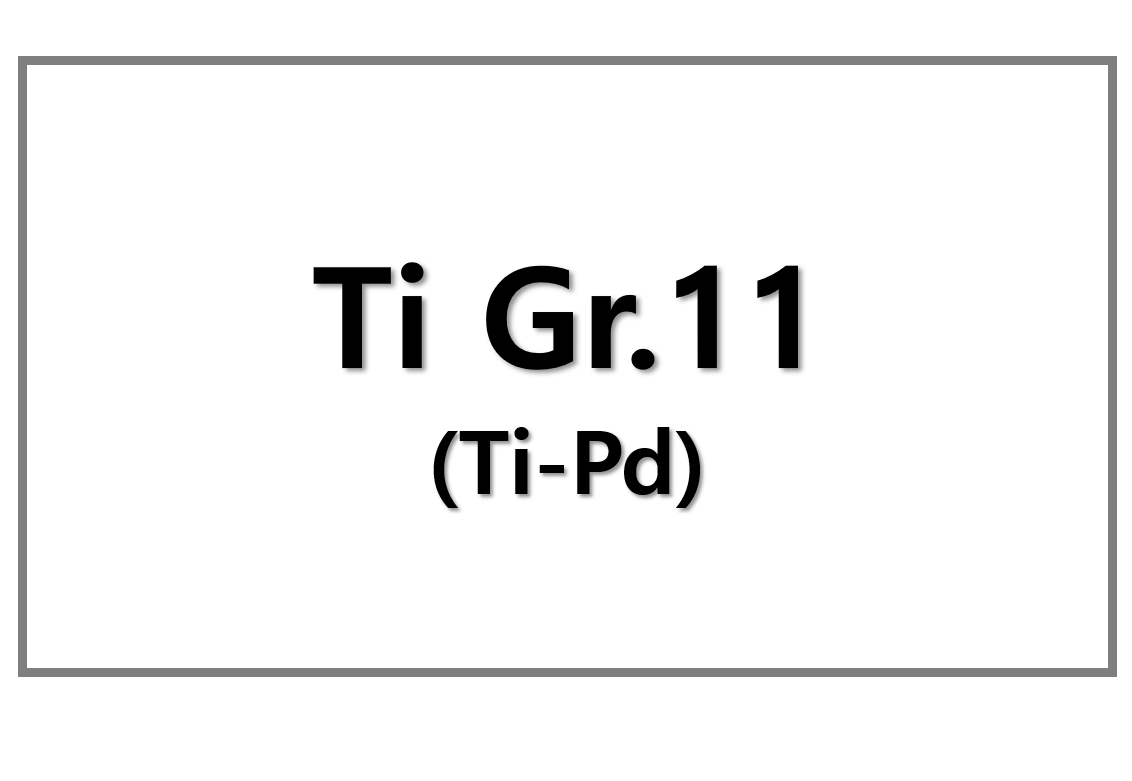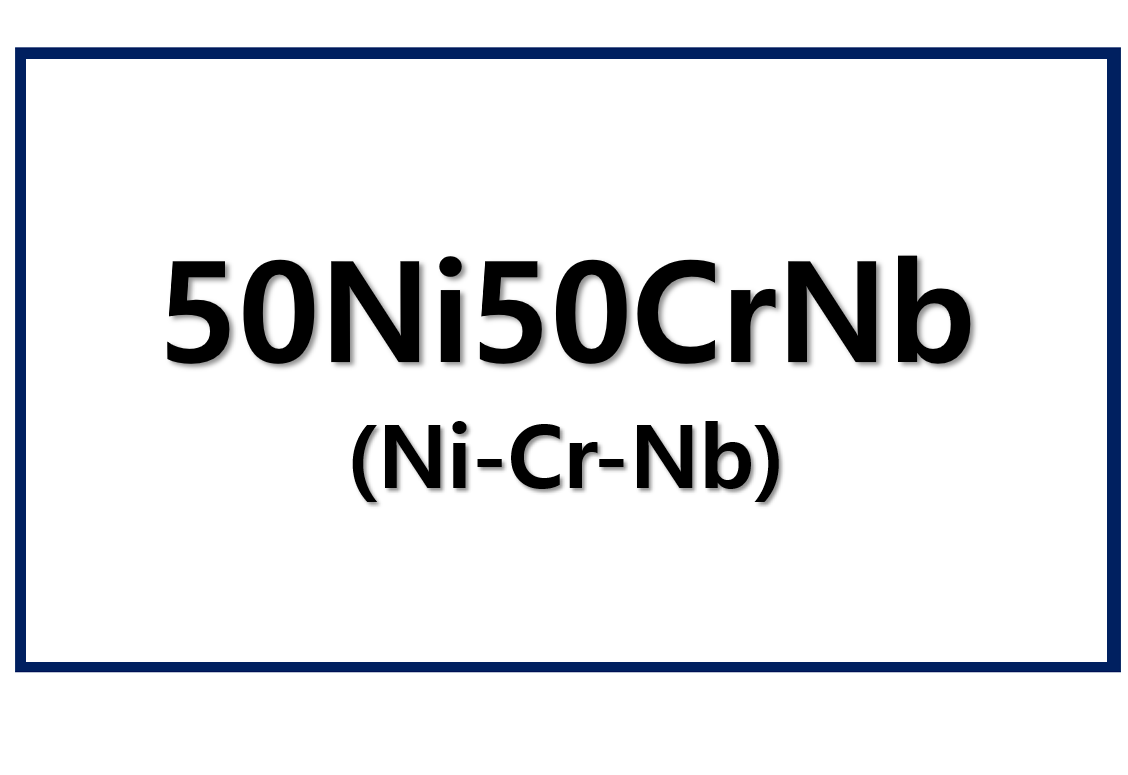
Aluminum Scrap Export Restrictions Gain Momentum Amid Industry Investment
The Aluminum Association is calling for aluminum scrap to be treated as a strategic national asset. In its new white paper, Scrap the Exports, Save U.S. Supply, the group urges immediate federal action. They want targeted export restrictions on high-quality scrap, especially used beverage cans (UBCs). Each year, over 2 million metric tons of scrap aluminum leave the U.S. The Association argues this material should stay to support growing domestic demand.
New U.S. rolling mills are driving this demand surge. Novelis and Steel Dynamics Inc. are building large facilities to process scrap aluminum. Together, they represent over $11 billion in investment. According to the Association, retaining scrap domestically will fuel this growth. It will also reduce energy usage and strengthen defense and infrastructure supply chains.
China’s aggressive growth in aluminum recycling adds pressure. Since 2020, the country has doubled its scrap imports. By 2027, China aims to produce over 15 million metric tons of recycled aluminum. Meanwhile, the U.S. runs a 1.3 million metric ton scrap trade deficit. This gap reflects a missed opportunity to boost U.S. sustainability and industry.
Debate Over High-Quality Scrap Intensifies in the U.S. Recycling Sector
The Aluminum Association’s plan targets high-quality scrap like UBCs. It does not include lower-grade streams such as zorba and twitch. This selective focus aims to reduce market disruption while upgrading domestic processing capacity. Key measures include new tracking rules and changes to the Harmonized Tariff Schedule.
However, industry voices raise concerns. Robin Wiener, president of the Recycled Materials Association (ReMA), warns of economic risks. She says limiting exports could harm recyclers and reduce investment in U.S. facilities. ReMA argues that most exported scrap is lower-grade and unsuitable for U.S. use. “Restricting global market access weakens our manufacturing supply chain,” Wiener states.
Still, the Aluminum Association believes the benefits outweigh the risks. Recycling aluminum saves 95% of the energy used in primary production. The U.S. could cut energy use equal to that of 3 million homes. Strategically, using more domestic scrap could close half the current 3.5 million metric ton aluminum gap. This approach would reduce import dependency and strengthen national supply chains.
SuperMetalPrice Commentary:
The U.S. aluminum industry faces a strategic crossroad. Targeted aluminum scrap export restrictions—especially on UBCs—could secure long-term supply and energy savings. This would also protect recent investments in domestic mills and processing. Opponents argue export limits could hurt recyclers, but the broader economic and defense benefits remain strong. As competition with China intensifies, expect more policy shifts favoring strategic material retention.











Leave a Reply
You must be logged in to post a comment.